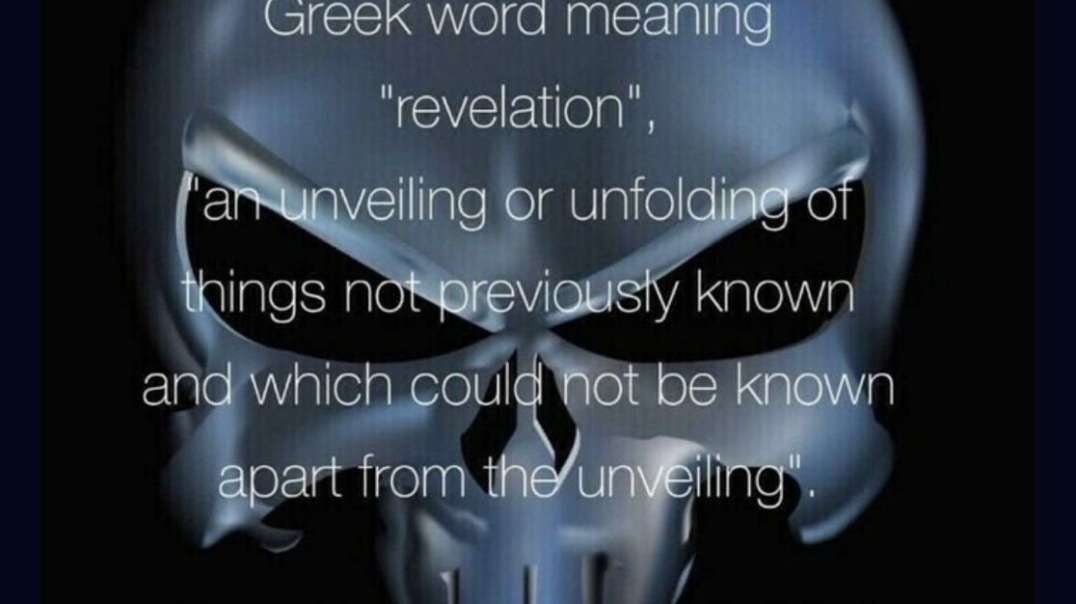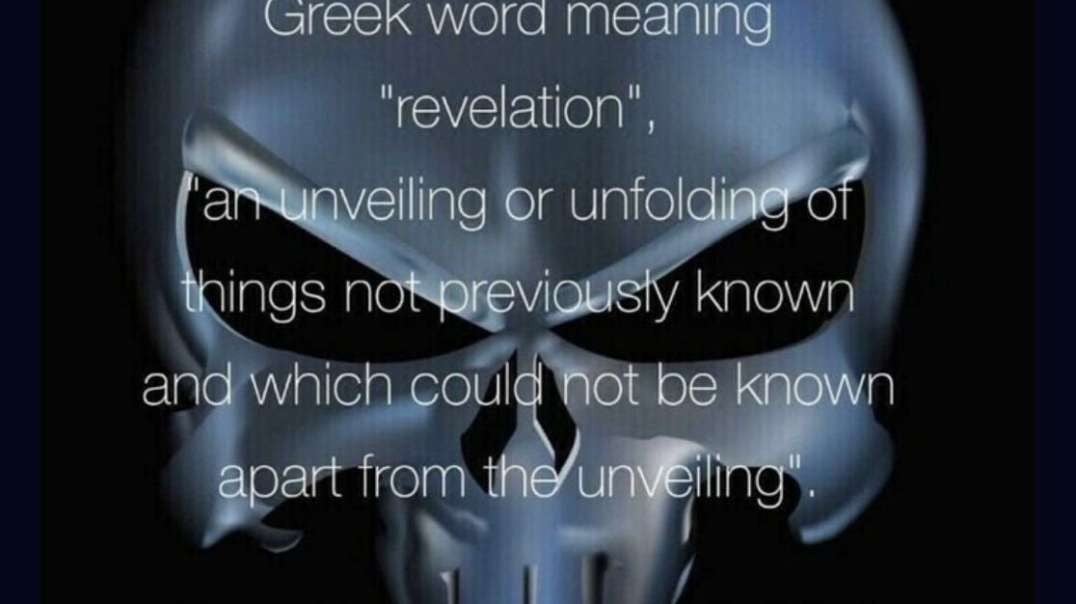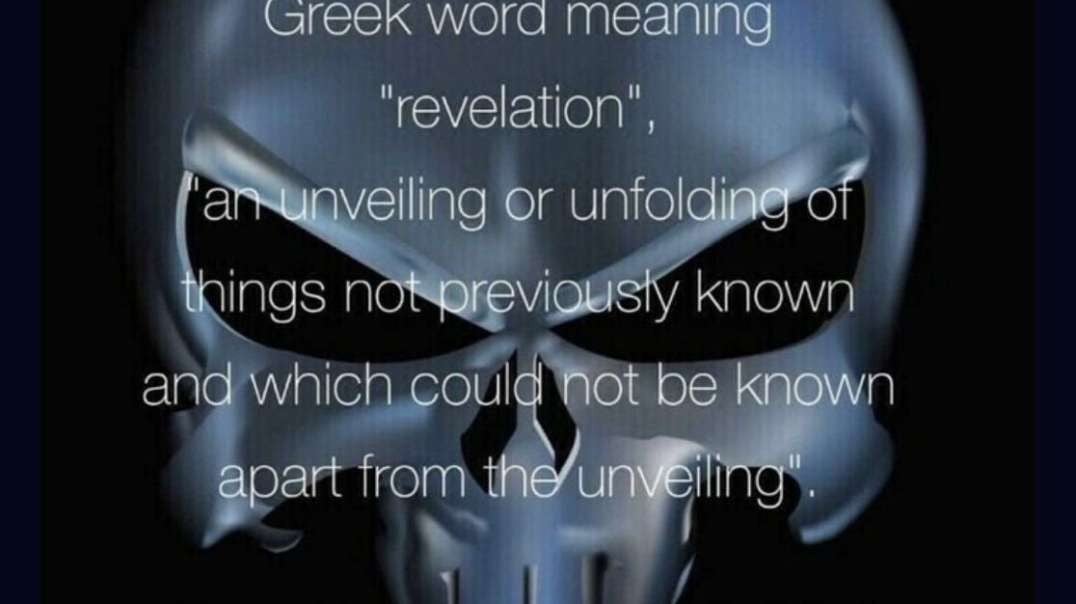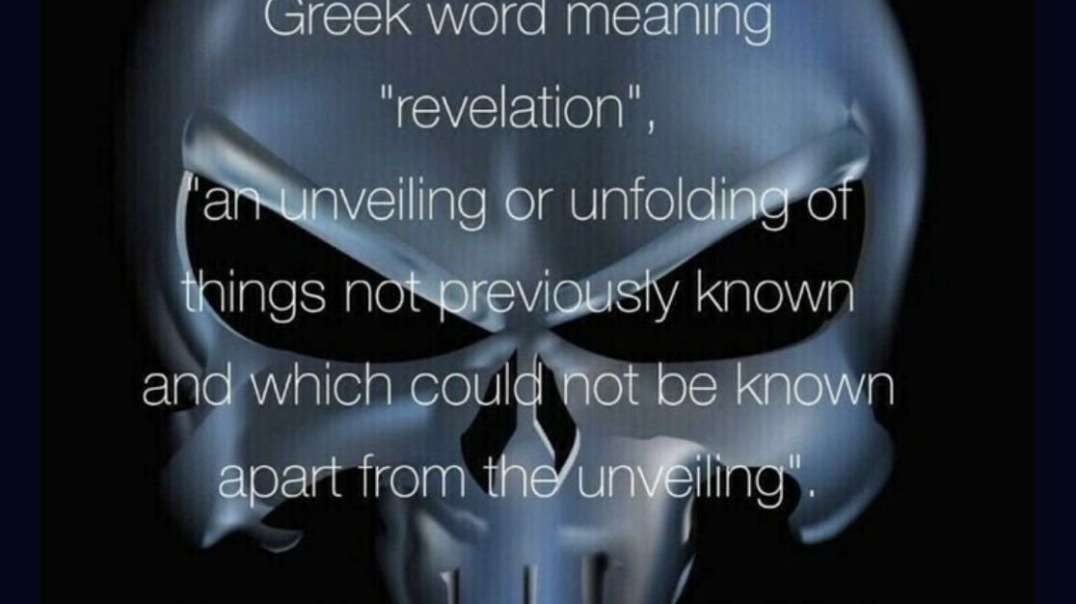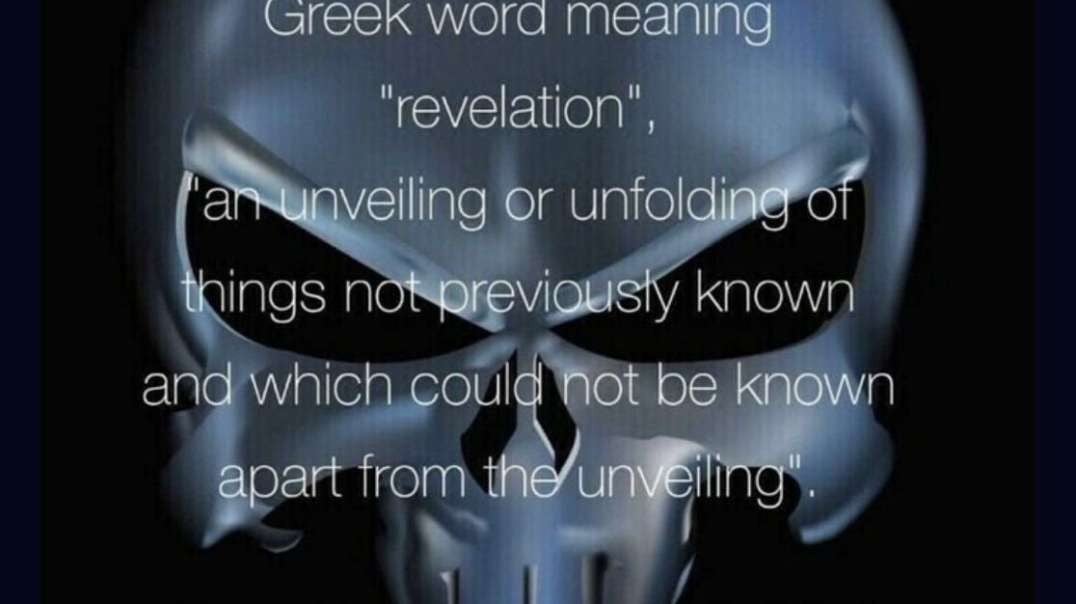Rock Inscriptions prove Islam didn't exist in the 7th century!
If the classical accounts concerning the emergence of Islam were true, than there should be a lot written about Muhammad, Mecca, Islam, Muslims and the Qur’an, because according to the Islamic Traditions Muhammad and Islam were very big in that area of the world, and during that time; yet, we don’t find anything at all for these 5 areas, especially on the Rock Inscriptions.
Yehuda Nevo in his book ‘Crossroads to Islam’ (2003) looked at Rock Inscriptions around the Negev desert and Damascus, since that is where we are finding the earliest references to Islam.
The inscribers, who were hired to write them, put on dates themselves so that similarly written inscriptions could be dated in a group. Inscriptions are also dated by the evolution of theological ideas within them (i.e. earlier ones have little to no theology, while later ones will have more and better developed theology). The evolution of the script within them is also used to date them.
30,000 Rock inscriptions were catalogued and surveyed across Arabia, the Negev, the Trans-Jordan, and Syria, with possibly another 70,000 more to do (Dr Ahmad al-Jalad in an on-line interview).
One would expect Muhammad’s name on the inscriptions along the Haj routes, yet we don’t find one inscription with Muhammad’s name on it until 690 AD.
Arabic Script: South of Medina the script is Sabaic, originating in Yemen, created in 600 BC, and continuing for 1200 years, yet, it contained all the needed vowels & consonants needed for a religious text, unlike 7th century Arabic, which is closer to Ethiopic, while the Arabic script we find on these inscriptions are only found in the North.
Ilkka Lindstedt wrote “Who is in, who is out? Early Muslim Identity through Epigraphy and Theory” in 2019. He observed 100 dated Rock Inscriptions from 640s – 740s, dividing them pre-690 and post-690, noting that prior to 690 AD there was no evidence of anything Islamic on the inscriptions. The evolution of Islam comes out of nowhere between 690-730 AD.
Pre-690s: Pious formulae; 690s-710s: Prophet Muhammad appears; 710s-720s: Muslim rites (pilgrimage, prayer, fast); 720s-730s: Group designations of ‘Muslims’ and ‘Islam’ reference a specific group in contradistinction to Christians and others. So, Lindstedt suggests that even by the 730s Islam wasn’t fully in place (no Tafsir, Hadith, or Fiqh).
Yehuda Nevo notes that upto 704 AD there are no references to Muhammad, nor key theological ideas.
Abrahamic (Judeo-Christian) references are found, including ‘Isa’ in 36 locations in NW Arabia, Syria and Jordan, and the ‘Bismillah’, but with additions.
Between 730-736 one finds the Cult of Muhammad, where he joins the pantheon of great men, and is now considered a prophet, and Allah’s love is found, but not in today’s Qur’an.
Between 776-787 one finds the Shahada includes ‘he has no companion’.
In 912 Allah & angels ‘incline’ to Muhammad is added, unlike today, as well as Allah’s love to Muhammad, unlike today; suggesting still later editing of the Qur’an even in the 10th century, away from the love of God in Christianity. Muhammad is elevated above all prophets, again, an attack against Christianity, but by taking out the reference to ‘associates with god’ and introducing Muhammad there, it becomes a contradiction.
Official Royal Inscriptions:
In the Ta’if Dam Inscription (678 AD), and the Milestone Inscriptions (690) there is no reference to Muhammad. In the Dome of the Rock Inscriptions (692), the Shahada is introduced, but not the same as in the Qur’an. In the Aqabah, near Tiberias Inscription (693 or 702), there’s still not the Shahada we have today. In the Masjid Al Harim Inscription (698 AD) the inscription says that the Masjid is ‘built’, not ‘re-built’ as Muslims today like to claim, proving that the references to the Masjid al Haram in the Qur’an has to post date 698 AD. In the Qasr al-Hayr fortress Inscription (729) one does not find the same Shahada.
The idea of the Shahada is from the top down, not a grass-roots movement at all, thus a state sponsored religion at work.
Conclusions: The Rock inscriptions indicate that popular devotion to Muhammad began in the 8th century after a cult of personality was inaugurated through official declarations beginning with the Dome of the Rock in 692 AD. Starting at the top, it eventually became popular with the people, and then the biography and sayings of the prophet were then created to fill out the prophet’s back story.
It was only in the 730s onwards that there is evidence of popular devotion to Muhammad as a prophet and messenger, which makes the Islamic Traditions incredibly awkward.
There is a 100-year silence prior to this that indicates that Islam did not exist as a distinct religion until long after the time of Muhammad, which casts doubt on whether he had any part in starting Islam.
© Pfander Centre for Apologetics - US, 2020
(37,200) (Music: "small adventure", by Rafael Krux, from filmmusic-io - License CC BY)















